Why Sony Xperia phones are finally getting Alpha-style cameras
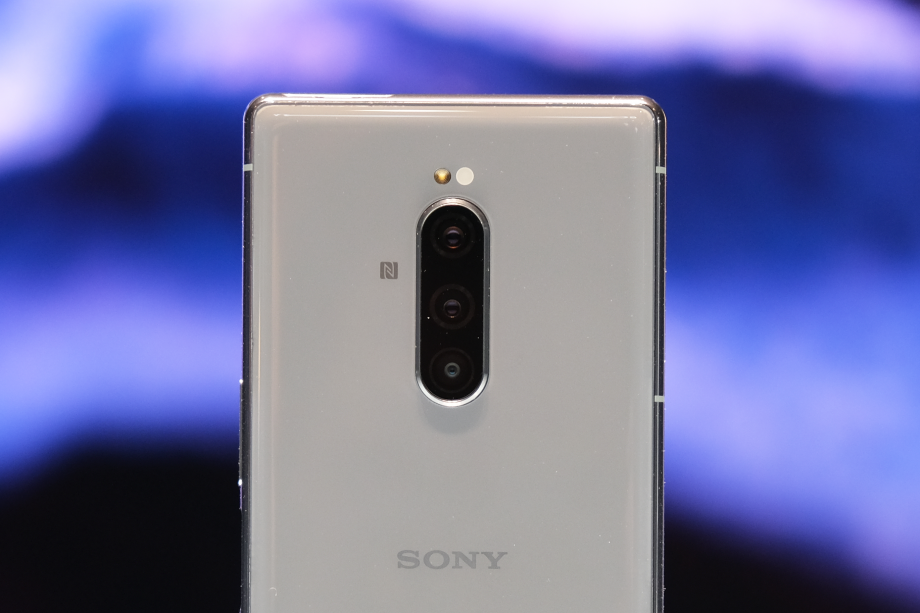
It’s a tech mystery almost as baffling as Royole’s top hat photo frame – Sony has been a pioneering force in mirrorless cameras for years, so why hasn’t it done the same for its own smartphone cameras?
Phones like the Sony Xperia XZ2 Premium haven’t had bad cameras by any means – in fact, our review of that model said its photographic powers were “hovering just below the leading pack”.
But the list of missing features like optical image stabilisation and Alpha-style autofocus has made the Xperia range feel like a real missed opportunity. Particularly as phones like the Google Pixel 3 have built their computational wizardry on Sony’s own Exmor sensors.
Well, the good news is that is finally changing, starting with the new Sony Xperia 1. We haven’t yet been able to fully test its camera, but it seems to mark a long overdue change of approach for Sony – something that Sony’s Senior Manager of Global Marketing Adam Marsh confirmed to me during a chat at MWC 2019.
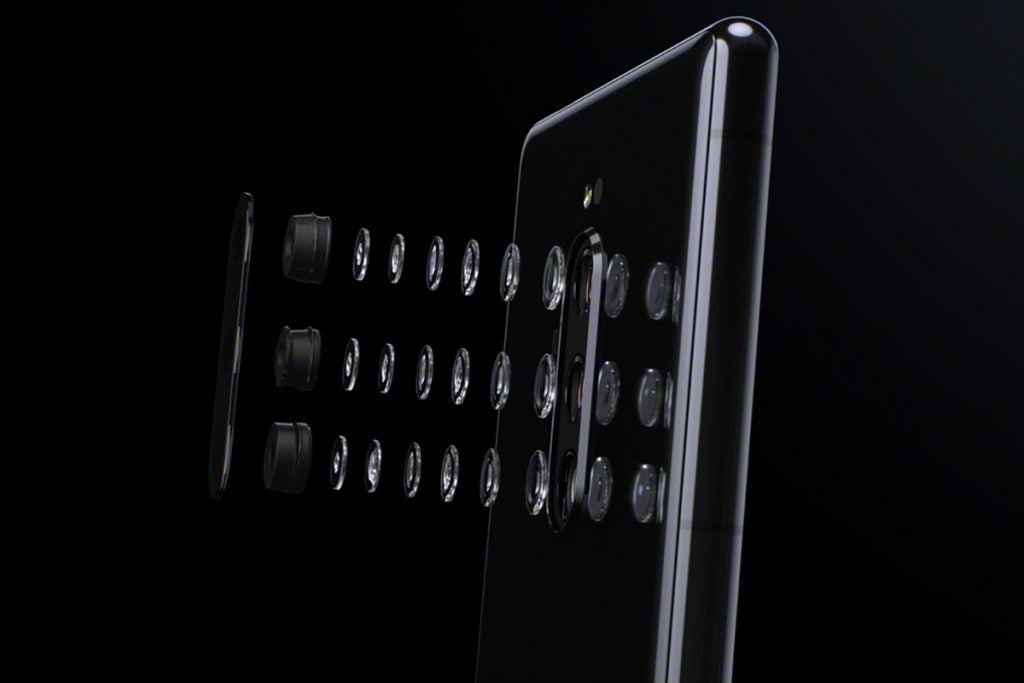
A quick glance at the Sony Xperia 1’s spec sheet shows how much the Japanese giant has released the handbrake on its Xperia cameras – there’s a triple-camera setup (a first for Sony), larger pixels, a faster lens, optical image stabilisation, Eye autofocus from its Alpha cameras, and a new app called Cinema Pro that lets you ape the cinematic looks of its pro CineAlta video cameras.
So why has it taken Sony so long to go all-out on its own smartphone cameras? And is this the start of a journey towards an Alpha smartphone? I spoke to Adam Marsh to find out.
Related: Sony Xperia 1 vs Google Pixel 3: why Sony’s a new camera contender
Get your Eye AF in
The Xperia 1 is still some way from being a Sony RX100 VI in phone form, but it’s taking some solid first steps.
The first of these is Eye AF, a feature that first appeared on Sony’s Alpha cameras. The Xperia version isn’t quite as advanced as that – you can’t, for example, cycle through different people in a group or get the Animal Eye AF seen on the new Sony A6400. But it’s still likely to useful for nailing portrait shots and is symbolic of closer ties with Sony’s Alpha cameras.
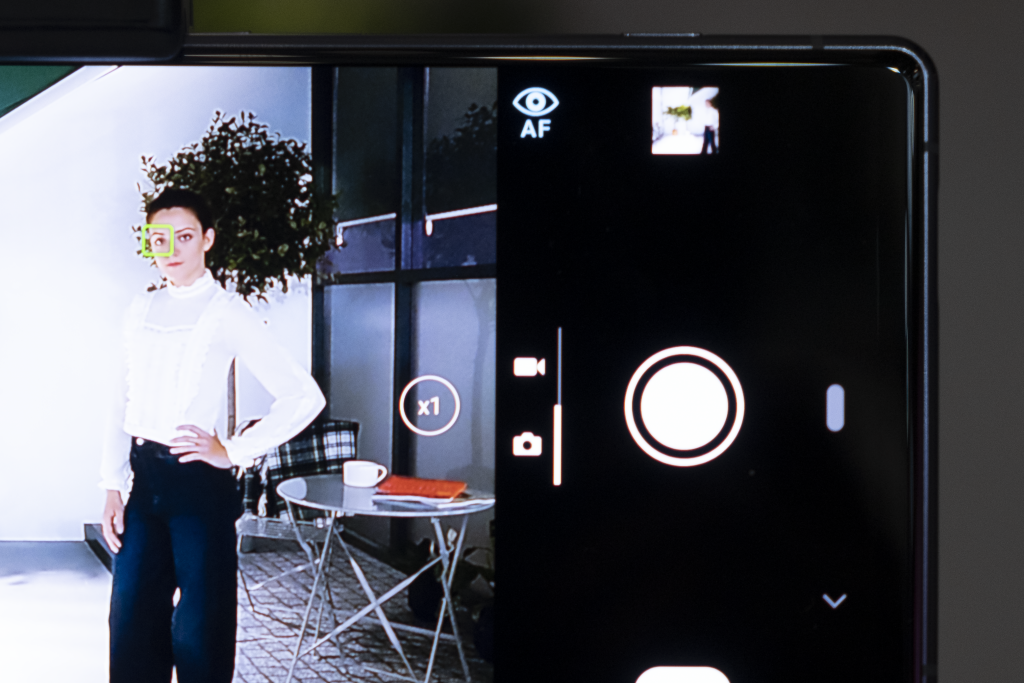
Sony has also added 10fps burst shooting with autofocus tracking to the Xperia 1. “If you compare the burst mode to the XZ2, when you zoom in it’s not kept in focus. Whereas on the Xperia 1 it’s in focus and the colour and the contrast is also kept”, Adam Marsh said.
The Sony Xperia 1 also processes photos in the same way as Alpha cameras, according to Marsh. “Normally when you take a picture, the phone will then compress it into a JPEG and then add the noise reduction. How Alpha does it is that it takes the Raw image, adds the algorithm to reduce the noise on the Raw image, then compresses it to JPEG, then you put noise reduction on top. That’s how Alpha is doing it. From Xperia 1, that’s how Xperia 1 will do it as well”, he said.
“So from a noise reduction point of view, it’s going to be massively improved compared to even XZ2 Premium. That’s going to be a big step up”, he added.
Marsh also confirmed one feature that Sony fans have been craving for years – being able to access their Xperia camera’s Raw files for editing. The Xperia 1 supports Raw extraction for the first time, so you’ll be able to grab the file using a third party Android app.
Snap decision
The list of hardware improvements continues with the Xperia 1’s larger pixels (up from 1.22 to 1.4 microns) and a brighter f/1.6 aperture (an improvement on the f/2.0 of its predecessor), which should help improve low light shooting for both stills and video.
All of which begs the question, why hasn’t Sony done this before? The somewhat dry but predictable reason is a big Sony restructure in 2018. In early 2018, Sony’s President and CEO Kaz Hirai stepped down and was replaced by Kenichiro Yoshida.
The knock-on effect was that Alpha guru Kimio Maki is now head of product development for Sony Mobile and actually stopped production on what would have been a Sony XZ4. “He said “okay, so we work with Alpha here, let’s take this bit, we work with the CineAlta brand, let’s bring this bit”. He opened up the whole of digital imaging for us.”
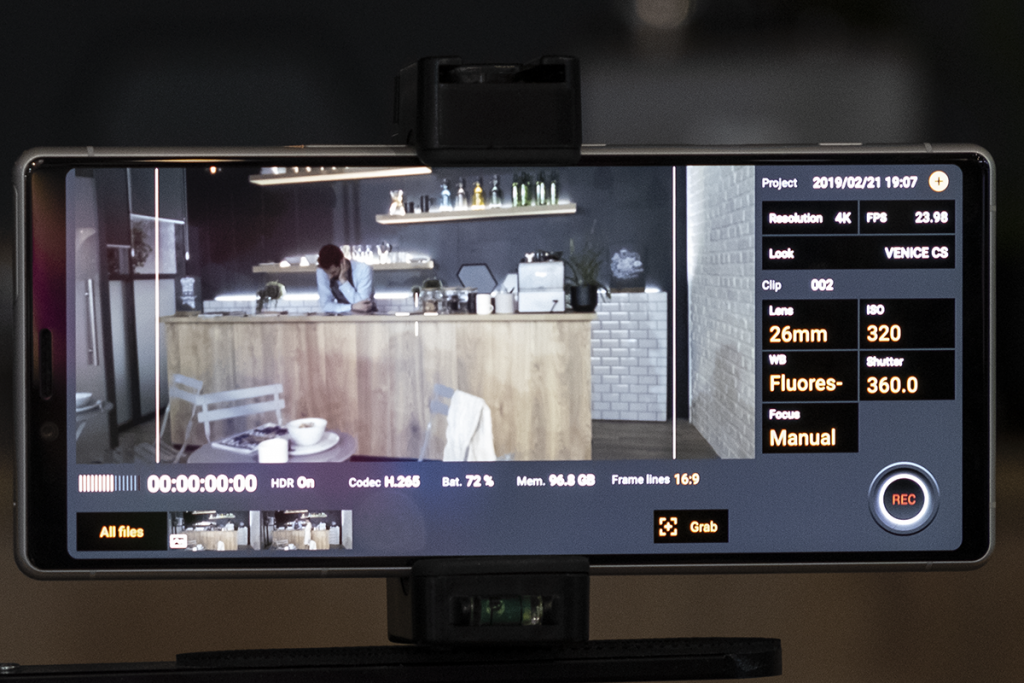
The new Cinema Pro app running on the Sony Xperia 1.
“Because that imaging team is all together, they can share that experience across Cybershot, Alpha and Xperia”, he added. Which sounds like a spectacularly sensible approach that should bear some tasty fruits for smartphone photographers.
Presumably this also means we’ll start to start more Alpha features flooding into Xperia phones? “It’s possible. If it’s software, it could be possible to bring it across. A closer collaboration with Alpha is a definite, thanks to the management change that’s happened in Tokyo with Mobile now belonging to Imaging.”
There have also previously been issues with interdepartmental rivalry stifling collaboration, Marsh admitted. “Even though we’re one company, there are still sometimes barriers that Alpha doesn’t want to give Mobile certain things, because all of a sudden you have the same as what a £3,000 camera’s got”, he said.
“Now that barrier’s gone a little bit. They’re saying “okay, we see that having a smartphone and camera that gives you the same experience is a good thing”, he added.
“We’re not a Samsung”
Despite this closer collaboration, it seems odd that the Sony Xperia 1 doesn’t have the Sony 48-megapixel sensor that powers the cameras of phones like the Honor View 20 and Xiaomi Mi 9. But Marsh said that was a measured decision rather than a conflict of interest. “The Tokyo camera team said “okay, because of what we want to achieve from a quality point of view, three 12-megapixel cameras will provide us with much better quality than one 48-megapixel camera”, he said.
“The 48-megapixel module is, for example, not memory stacked, so you can’t do the 960fps super slow motion that we can do on the 12-megapixel sensor. So that’s one example where they went “okay, you can have this, but actually we then lose this”. The larger pixel size and brighter aperture were also apparently a result of going for that sensor.
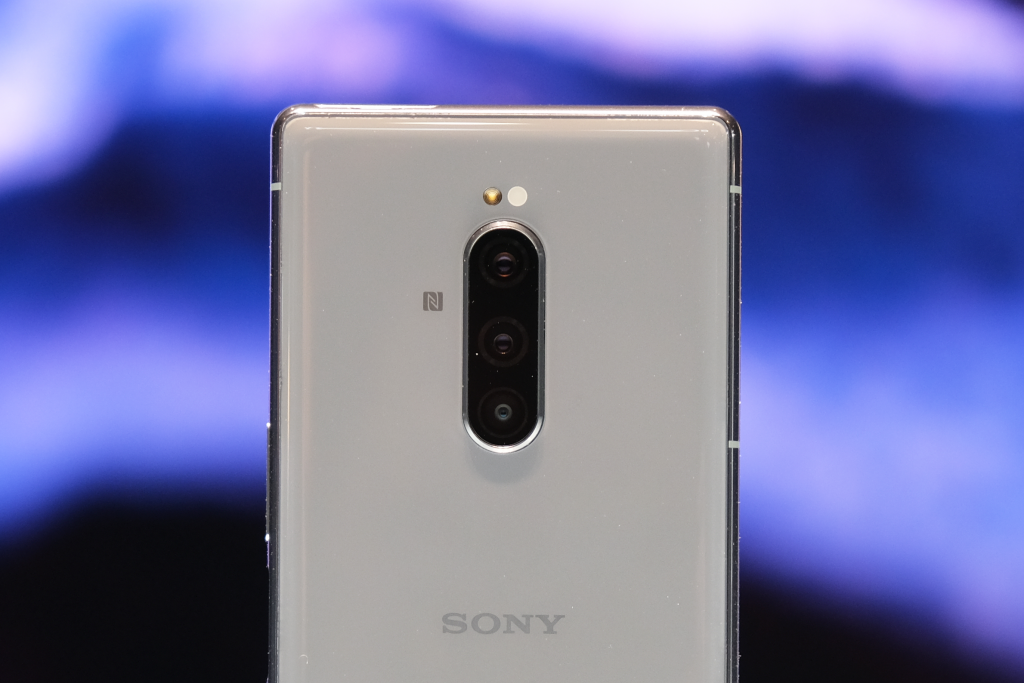
Still, even with this improved hardware, the smartphone camera competition remains hotter than a jalapeño bonfire. Why should anyone buy a Sony Xperia 1 over the competition? “Sony as a brand is not going to appeal to everybody. We’re not a Samsung, we’re not a Huawei. But what we will appeal to is people who want quality products where they are able to take amazing pictures or a video, or do something different”, he said.
“Our key USPs will be the screen and the camera. The screen thanks to Bravia, the camera thanks to Alpha. Competitors have different key USPs, which may attract certain customers. But for us, people who know their photography and people who want to buy into that Sony ecosystem of interchangeable lenses, will buy an Xperia 1.”
That remains to be seen, of course, but it looks like the Sony Xperia 1 has a good chance of pleasing existing Xperia fans and gaining some new ones. Sony’s traditional struggles with smartphone cameras have been related to software more than hardware, so it’s good to see features like Eye AF and the Cinema Pro app join an updated Bionz X for Mobile processing engine.
Whether these features can see it keep pace with the staggering software innovation from the likes of Google and Apple isn’t yet clear. But we’re certainly looking forward to taking the new Alpha-flavoured Xperia 1 out on a photographic day trip to see if Sony is finally becoming the camera phone trailblazer it’s always felt like it should be.
Update 6/3/19: In response to this article Adam Marsh from Sony told us: “There are no interdepartmental rivalries between the various divisions and business units within Sony that would impact collaboration. The appointment of Kimio Maki as Executive Deputy President allowed him to bring a vast amount of experience from across consumer and professional imagining, which includes Alpha and CineAlta technologies, into the Xperia business, which you see reflected for the first time in the camera of the Xperia 1.”


